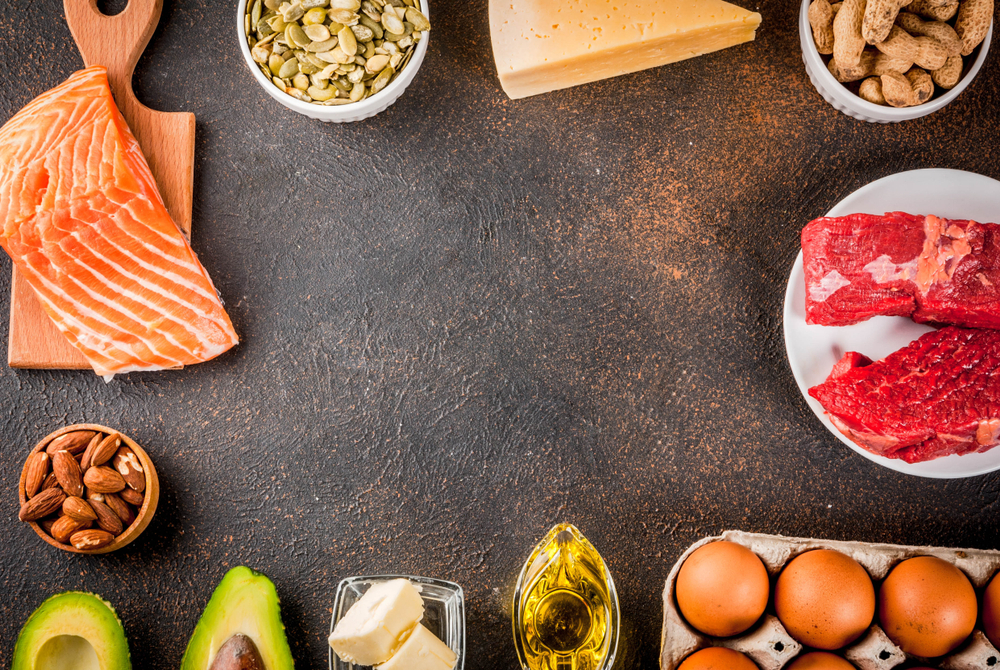Getting a good idea of whether keto meal plans work or not is important for anyone who is interested in losing weight and improving their health. There are a lot of misconceptions out there regarding these diets, so it’s important to make sure you’re educated before you start. Below you’ll find a few key pieces of information that you can use to figure out whether or not a keto meal plan is right for you.
Green tea improves metabolic rate
Several studies have shown that green tea can help increase the metabolic rate. It is believed that caffeine and other compounds in green tea can increase fat burning. This is believed to be a result of its ability to inhibit the enzyme that breaks down norepinephrine, which boosts the body’s fat burning process.
Green tea is also packed with antioxidants that neutralize free radicals in the body. They are also believed to protect cells from damage. The antioxidants in green tea are known as catechins. They have been studied in relation to digestive diseases. They also appear to have anti-obesity effects.
Some studies show that green tea may increase fat burning during exercise. However, others show that it has no effect on calorie intake.
There is also a study by a researcher from the Maastricht University Medical Centre in the Netherlands. The study looked at the effect of green tea on metabolic rate and oxidative stress biomarkers in 63 patients with type 2 diabetes. The researchers found that patients who consumed four cups of green tea daily had a lower body mass index and waist circumference than those who didn’t.
Whole foods
Whether you’re trying to lose weight or just looking for a healthier way to eat, the whole foods diet is a great way to go. Not only does it offer a wide range of nutritional benefits, but it can also help you avoid overeating and keep your calorie count under control.
The whole foods diet is designed to avoid processed foods. Instead, it emphasizes whole foods, which are usually lower in calories and higher in fiber. These foods are also less likely to contain additives, preservatives, or artificial ingredients. They’re also much more shelf-stable, making them easier to keep in your refrigerator.
Whole foods contain no additives and are usually more nutrient-dense. These foods are also more satiating, reducing the need for snacking. However, it’s important to remember that whole foods are not always convenient. Some whole foods, such as eggs, are easy to prepare and inexpensive.
Unlike processed foods, whole foods are also higher in minerals. In addition, they contain antioxidants and vitamins.
Low carb vs keto
Whether you are looking to lose weight or improve your health, low carb vs keto meal plans are great choices. They both reduce your intake of carbohydrates while providing a variety of nutrients. However, each diet has its own benefits and drawbacks. Choosing a diet that is right for you is a decision that should be made with your health professional.
The keto diet is a very low carbohydrate diet that helps the body use fat as a fuel source. The goal of the keto diet is to get into a metabolic state called ketosis. This state is caused by an increase in the amount of ketones in the blood. Typically, ketosis symptoms last one week or less.
A keto diet is more restrictive than a low carb diet. It also requires a higher fat intake. Typically, a keto diet requires 70 percent of your calories to come from fat.
Healthy fats
Having healthy fats in your keto meal plans can help you lose weight, improve your heart health and keep you full for longer. They are also essential for brain function and healthy skin and hair cells.
Nuts, avocados, and seeds are great sources of healthy fats. They also provide fiber, protein, and a variety of vitamins and minerals. They can also reduce hunger pangs and reduce the risk of heart disease.
Other types of healthy fats include olive oil, coconut oil, and grass-fed butter. They are considered heart-healthy because they contain healthy monounsaturated fats and omega-3 fatty acids. Having these fats in your diet can help reduce your cholesterol and lower your risk of heart disease.
You can also incorporate high fat dressings into your low-carb salads or smoothies. These types of fats can add flavor and texture to your food.
You can also add high-fat meat to your diet. Oily cuts of meat can add a nutty flavor to your smoothies or salads.

